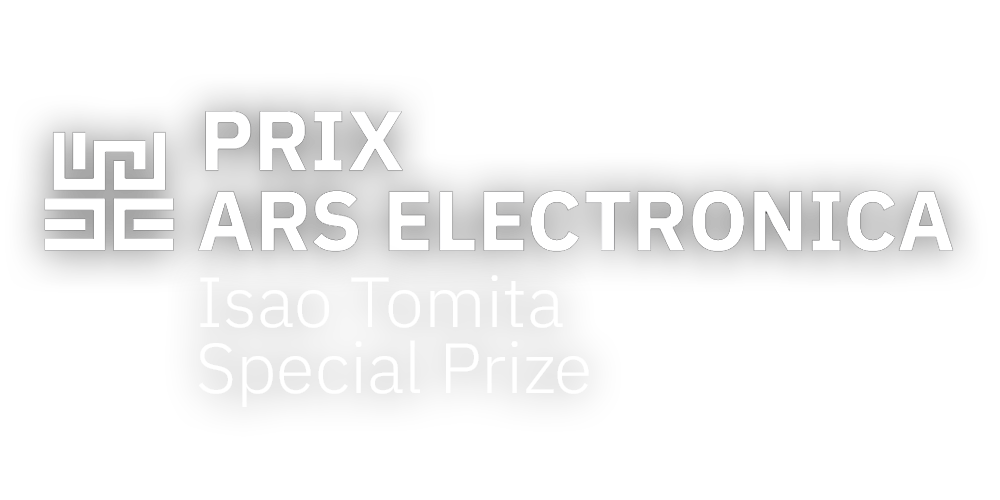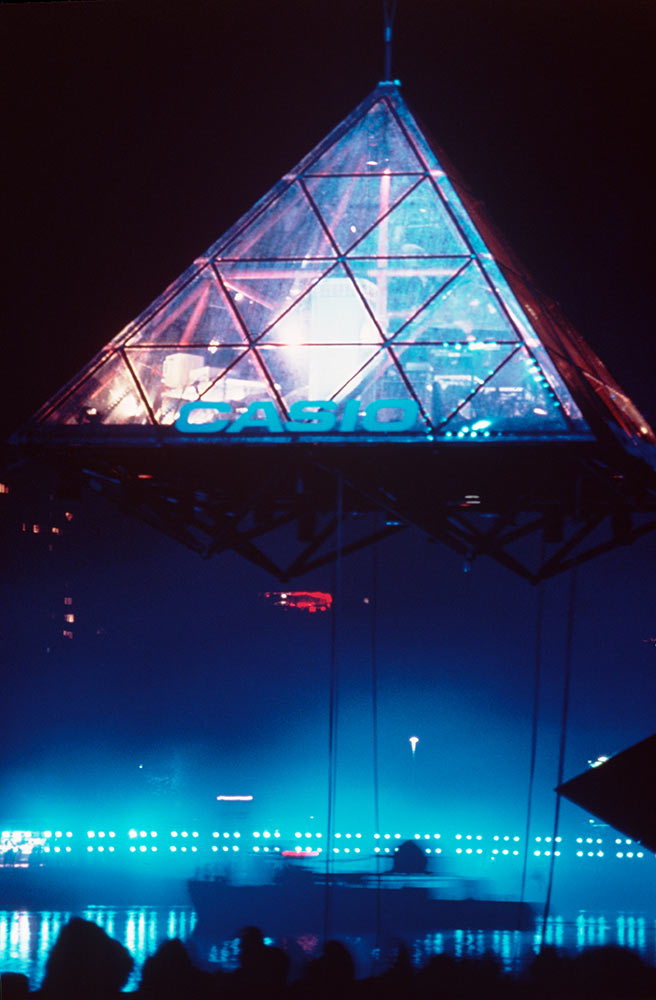Isao Tomita Special Prize
To commemorate Isao Tomita and his creative spirit, TOMITA information Hub and Prix Ars Electronica are jointly offering a special prize. In parallel with the biennial award of the Golden Nica in the “Digital Musics & Sound Art” category, the Isao Tomita Special Prize was awarded in 2021, 2023 and 2025.
5,000 euros and a performance at the Ars Electronica Festival!
Everyone who took part in the Digital Musics & Sound Art category of the Prix Ars Electronica was also eligible for the Isao Tomita Special Prize.
The winners received prize money of 5,000 euros each and were supported in the realization of a physical or virtual performance at the Ars Electronica Festival.

Winners of the Isao Tomita Special Prize
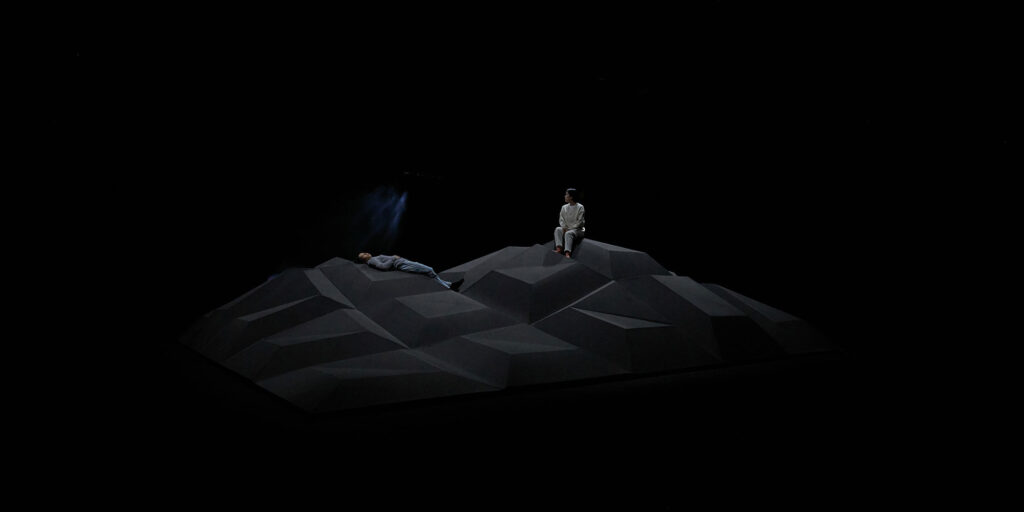
2025: ebb tide / evala
ebb tide is an immersive three-dimensional sound installation by Japanese sound artist evala, and the latest work in his See by Your Ears project, seeking to create new perceptual experiences through a unique sound system.
Photo: MARUO Ryuichi
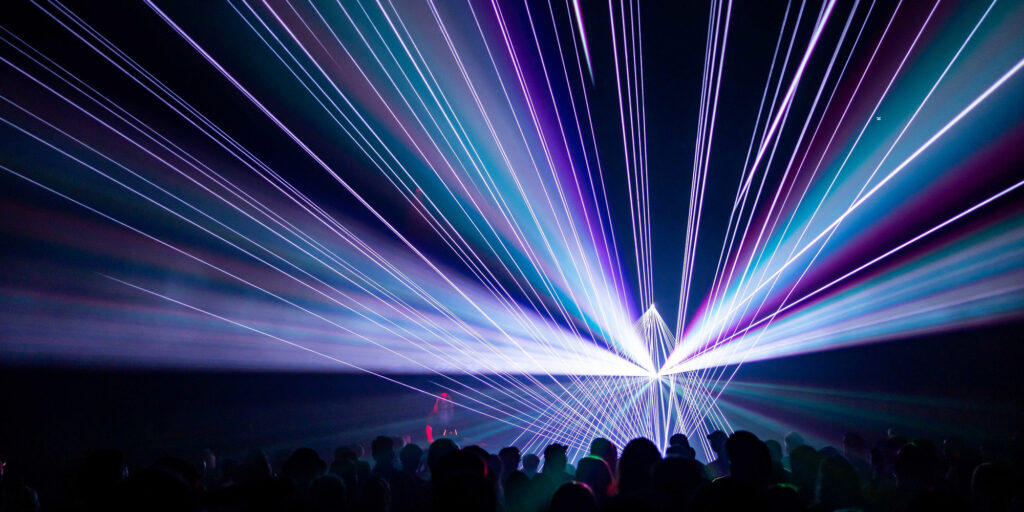
2023: TRIPTYCH / Robin Fox
Triptych is the latest audio visual space-time carving from iconoclastic Australian AV artist and composer Robin Fox. The work brings together the artist’s two creative passions—electronic music and audio-visual mechanical synesthesia. Using custom-built hardware that splits the voltage creating the image to the audio realm, the work achieves an almost impossible but also incredibly simple correlation between sound and image.
Photo: Lachie Douglas
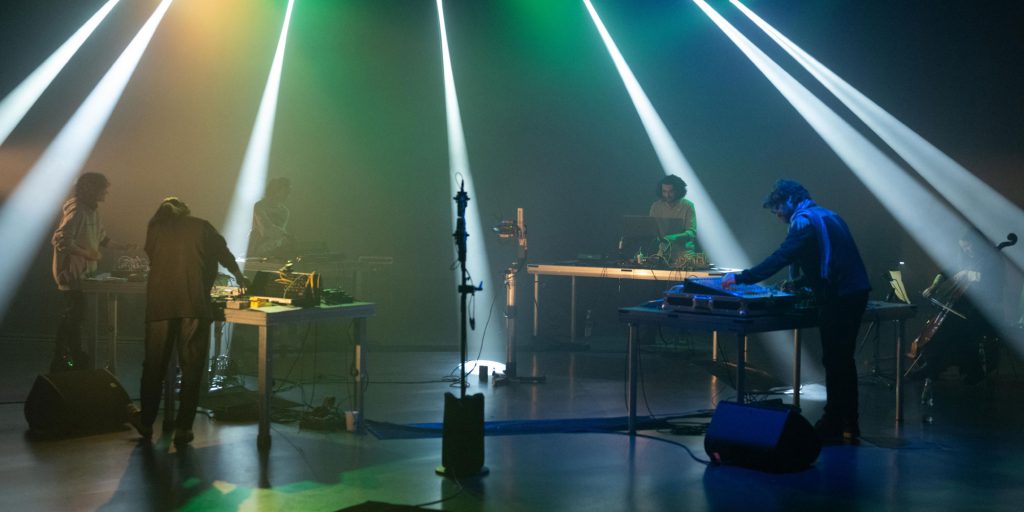
2021: Apotome / Khyam Allami, Counterpoint
Apotome is a generative music system focused on transcultural tunings and their subsets (scales and modes), and its sister application Leimma, which allows for the exploration and creation of such tunings. It is so far the most successful and freely available tool that allows one to explore and compose non-Western (electronic) music.
Photo: Camille Blake – CTM Festival
What can you win?
The winning project will be presented at the Ars Electronica Festival physically or online. The presentation must be coordinated in advance with the festival producer, who reserves the right to stipulate the presentation format by taking into consideration the entire festival program.
The prize money in the amount of €5,000 will be disbursed on a one-time basis to the artist of the project selected by the jury. This lump sum is meant to cover travel expenses during the Ars Electronica Festival, regardless of whether the project was submitted by an individual or a group.
Any costs or other outlays to be incurred in conjunction with the Festival presentation will be the subject of negotiations between the artist and the festival producer prior to the beginning of the work at and/or collaboration with Ars Electronica, and the agreement those parties reach will be set out in a formal contract.
About Isao Tomita
Japanese musician Isao Tomita (1932 – 2016) is considered a pioneer of electronic music: in 1974 he received a Grammy Award nomination for “Snowflakes are Dancing,” a modern interpretation of classical music created with a Moog synthesizer.
At the 1984 Ars Electronica Festival in Linz, Austria, he caused a sensation with “The Universe” as part of the “Klangwolke” [“Sound Cloud”] with his spectacular outdoor concert next to the Danube River, where huge loudspeakers were mounted on helicopters and ships, creating a unique, three-dimensional, acoustic space.
With his approach of combining sounds of new electronic devices and classical instruments, he explored different musical possibilities throughout his life.

Who was Isao Tomita?
He not only laid the foundations of the synthesizer boom, but also pushed boundaries and influenced numerous sound artists.
Photo: Keishi Miura
About TOMITA information Hub
TOMITA information Hub is a community organized by Isao Tomita’s daughter, Rie Seno. It aims to introduce her father’s music to interested people of all ages and all over the world, while creating a place where artists from a variety of backgrounds can come together through Isao Tomita’s music to develop inspiring ideas for the future.

